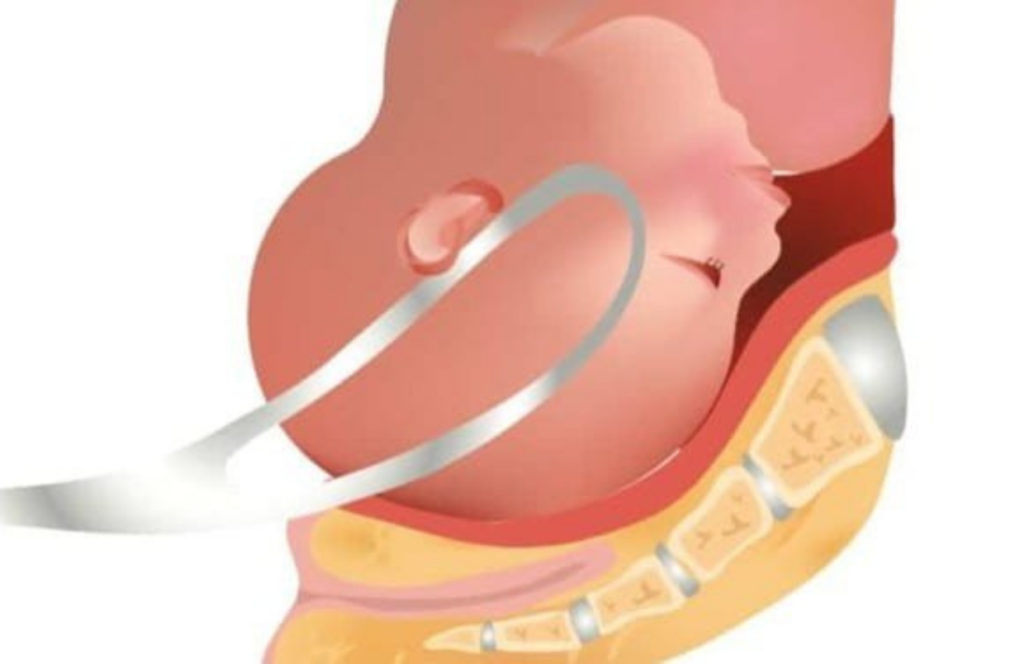When we hear the term forceps delivery most think of birth injury to babies. What is often overlooked is the trauma suffered by the delivering mother. This is a case resulting in a fourth-degree tear on a New Year’s Eve evening, all in hopes for the citywide New Years Baby.
In a level 2 hospital under the care of a general practitioner and 24-hour obstetrical call available, a 24-year-old primigravida labored. Obstetrical nurses were on duty, and the patient received the appropriate standard of care while adequately progressing without analgesia, but coping well. At 2200 hours the obstetrical nurse examined the patient finding the cervix to be 7cm dilated. Because this was unchanged from the previous exam 2 hours prior, an additional assessment of a more experienced nurse was sought. It was determined that the baby was occiput posterior, therefore a change of positional techniques were used and the GP updated. The plan was to continue with the known positions to facilitate an occiput posterior baby turning to the optimal occiput anterior position. The GP arrived at the hospital at the patient’s bedside at 2300 hours. Analgesia now included nitrous oxide and 2 doses of IV narcotics. Being the evening it was, the GP inquired which of the 6 hospitals in their city was in the running for the New Years’ baby.
The patient was reassessed often and despite all efforts, dilation remained essentially unchanged. Learning two women in the city were laboring and likely to deliver within 30 minutes, a discussion took place between the GP and the patient offering to assist the delivery with forceps. The young couple, including the obstetrical nurse, listened attentively and heard it described as “being a safe option at this time and most importantly the pain would then be over”. Not-to-mention, a cesarean section was never discussed. The patient consented and the nurse proceeded to get the forceps in preparation for delivery. A pudendal block was used, bladder drained, and at 8 cm/0 Stn, forceps were applied. Thankfully, the baby was delivered with good Apgars and no immediate concerns. However, the patient suffered an excruciating delivery which included a 4th-degree tear with several vaginal wall and urethral lacerations. She required 4 units of blood over her hospital stay, was discharged with an indwelling Foley catheter over the next 6 weeks, had difficulty defecating, severe perineal and pelvic pain, and at 6 months postpartum had no sensation in her perineum with corrective surgery pending.
Yes, they had the New Year’s baby.
What discussion should have taken place with the GP when they asked for the forceps? Before the forceps? What are the questions that should have been asked? What should the patient have been told? Who should have been made aware of this laboring patient? What are the standards of care this patient was denied?
Nurses, don’t underestimate the responsibility you have as part of the team.




